Perform requirements analysis
Course Purpose Prepare to gather information by talking to different people, then write down what they say. After that, double-check and make sure the information meets everyone’s needs. In summary, get ready, talk and document, then validate to ensure accuracy …
Overview
Course Purpose
Prepare to gather information by talking to different people, then write down what they say. After that, double-check and make sure the information meets everyone’s needs. In summary, get ready, talk and document, then validate to ensure accuracy and meet requirements.
What you’ll learn
This unit standard will enable learners to perform requirements elicitation to determine stakeholder needs. A learner credited with this unit standard will be able to prepare for requirements elicitation, conduct a variety of activities to elicit requirements from all stakeholders, document elicitation results and confirm elicitation results.

Duration: 1 Day
Featured Course
Organisational Needs Analysis
Course Curriculum
Curriculum
Curriculum
- 4 Sections
- 18 Lessons
- 1 Day
- Unit 1: Identify business needs, opportunities and requirementsASSESSMENT CRITERIA5
- 1.1The internal and external business environment and architecture are analysed within the scope of a designated business mandate.
- 1.2The current state of technology is assessed in order to inform solution architecture and clarify business problems.
- 1.3The business problem, opportunities and/or needs are analysed in order to identify requirements for new solutions.
- 1.4A gap analysis is performed to determine where the organisation is and where it wants to be.
- 1.5Initial requirements are derived and documented in order to clarify solution scope.
- Unit 2: Determine an approach to identifying the most appropriate solutionASSESSMENT CRITERIA4
- 2.1The potential solution approach options are identified in order to prepare for a feasibility analysis.
- 2.2A feasibility analysis is conducted for each solution approach option to facilitate business decision making processes.
- 2.3Viable potential solution approach is recommended to facilitate business decision making processes
- 2.4A feasibility study report is produced to communicate and validate the recommended solution approach with stakeholders.
- Unit 3: Define the project and solution scopeASSESSMENT CRITERIA5
- 3.1The scope of work is defined using selected techniques in accordance with project standards in order to prepare the business case.
- 3.2The ambit of investigation is defined using selected techniques in accordance with project standards in order to prepare the business case.
- 3.3The solution scope is explored in order to prepare the business case.
- 3.4The scope of work is established using selected techniques in order to prepare and present the business case.
- 3.5The solution and project scope are clarified by listing exclusions.
- Unit 4: Develop the business caseASSESSMENT CRITERIA4
- 4.1The benefits are identified and quantified for project justification purposes.
- 4.2Costs are identified and quantified for project justification and control purposes.
- 4.3An initial risks assessment is conducted for project feasibility purposes and to inform a risk management plan.
- 4.4A business case is compiled and presented in order to facilitate project selection and decision making by business stakeholders.
Requirements
- NQF Level 5







